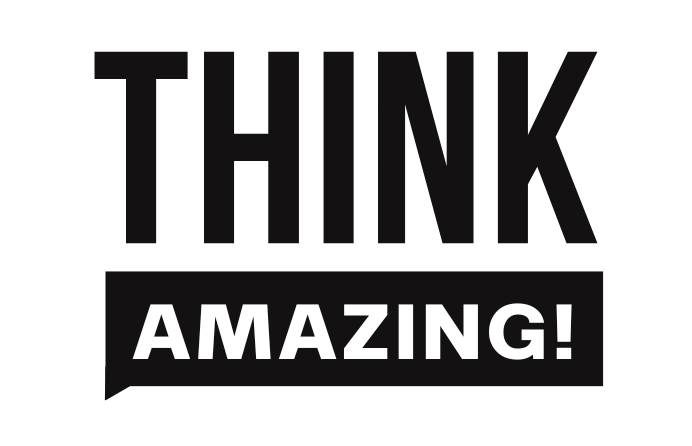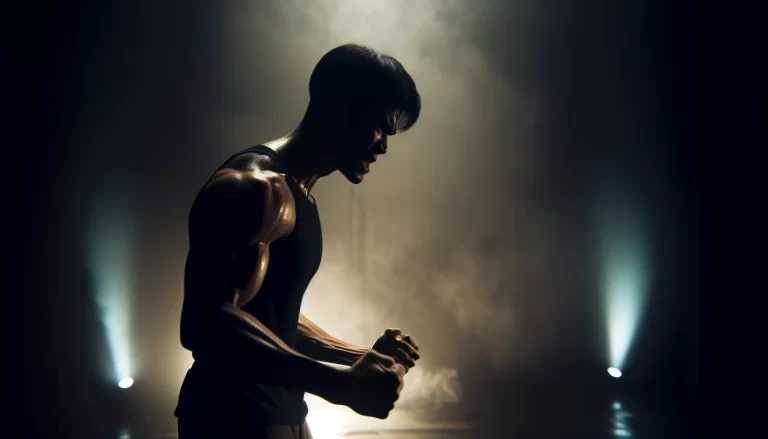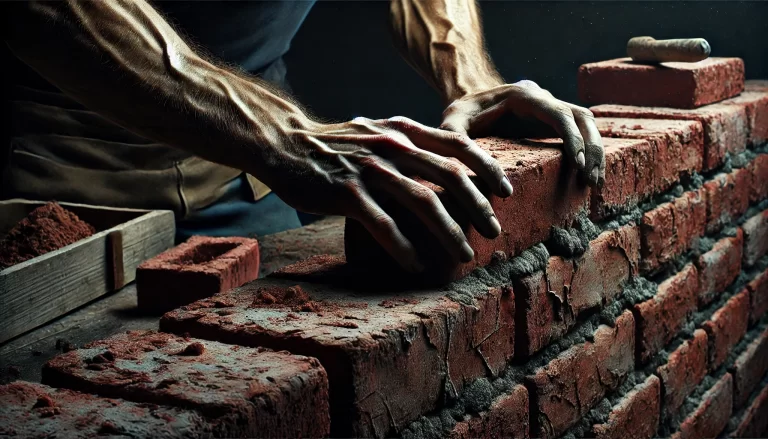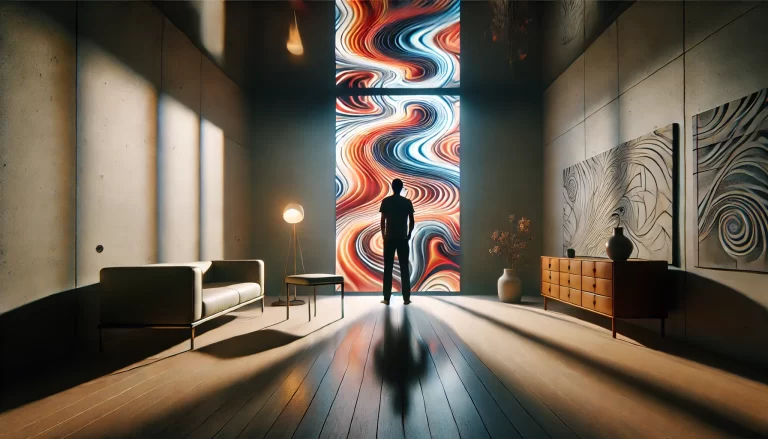The Power of Perspective: How the Way You See Changes Everything You Do
You get bad news.
You didn’t get the job. Your car broke down. Someone said something that cut a little too deep. Instantly, your mind races.
“Here we go again.”
“Why does this always happen to me?”
“Nothing ever works out.”
Before you even realize it, your whole mood shifts. You’re tired, irritated, discouraged—and nothing else even happened yet.
But what if the shift didn’t actually start with the situation?
What if it started with how you framed it in your mind?
Perspective isn’t just a trendy buzzword.
It’s the invisible filter that turns the facts of your life into either fuel—or fear.
Perspective Is the Frame You Choose
Every fact you experience has two sides.
- Lose your job?
- Negative frame: “I’m a failure.”
- Positive frame: “I’m free to find something better.”
- Get rejected?
- Negative frame: “I’m not good enough.”
- Positive frame: “That wasn’t my door—and better is still ahead.”
- Mess up in public?
- Negative frame: “I’m embarrassing.”
- Positive frame: “I’m human, and I’m learning.”
Perspective isn’t about lying to yourself. It’s about choosing the side of the story that pushes you forward instead of paralyzing you.
The Flow of Perspective
Here’s the simple, powerful reality:
Perspective → Focus → Feeling → Action
- Your perspective frames what you focus on.
- Your focus shapes how you feel.
- Your feeling determines how you act.
When you frame something in hope, you feel hope. You move with hope.
When you frame something in fear, you feel fear. You move with fear—or worse, you don’t move at all.
Change the frame, and you change the future.
Why the Wrong Perspective Wrecks Progress
When you constantly frame life negatively:
- You expect disappointment.
- You distrust good things when they show up.
- You make decisions based on fear, not vision.
- You give up early because you’ve already convinced yourself it won’t work.
And over time, your life bends in the direction of your expectations—not your intentions.
You can want to win, but if you expect to lose, you’ll sabotage yourself without even noticing.
How to Build a Better Perspective (Without Faking Positivity)
1. Catch the Frame in Real-Time
When something happens, stop and ask: “How am I framing this?”
If it sounds hopeless, you’ve got the wrong frame.
2. Choose a Perspective That Fuels Action
Pick a viewpoint that energizes you—not one that paralyzes you.
- Not: “I can’t believe this happened to me.”
- Instead: “This might be hard, but it’s not the end.”
3. Focus on the Possibility, Not the Problem
Where your attention goes, your energy flows. Look for solutions. Look for open doors. Look for the next right move.
4. Let Your Feelings Follow the Frame
Don’t wait to feel hopeful to think differently. Think differently—and let your feelings catch up.
5. Practice It Before You Need It
Perspective is like a muscle. If you only try to shift it when life hits hard, it’ll be weak. Practice gratitude. Practice reframing daily annoyances before bigger storms show up.
Don’t Let a Bad Day Become a Bad Life
Picture looking through a camera lens.
If you zoom in too tight on the problem, you miss the bigger picture. You see the crack in the wall but miss the view through the window.
You think your world is falling apart—when really, it’s just a close-up of a rough spot.
Pull back.
Refocus.
Frame it with faith, not fear.
Life doesn’t always hand you a choice in what happens. But you always have a choice in how you respond to what happens.
Notes
“The eye is the lamp of the body. If your eyes are healthy, your whole body will be full of light.” – Matthew 6:22







